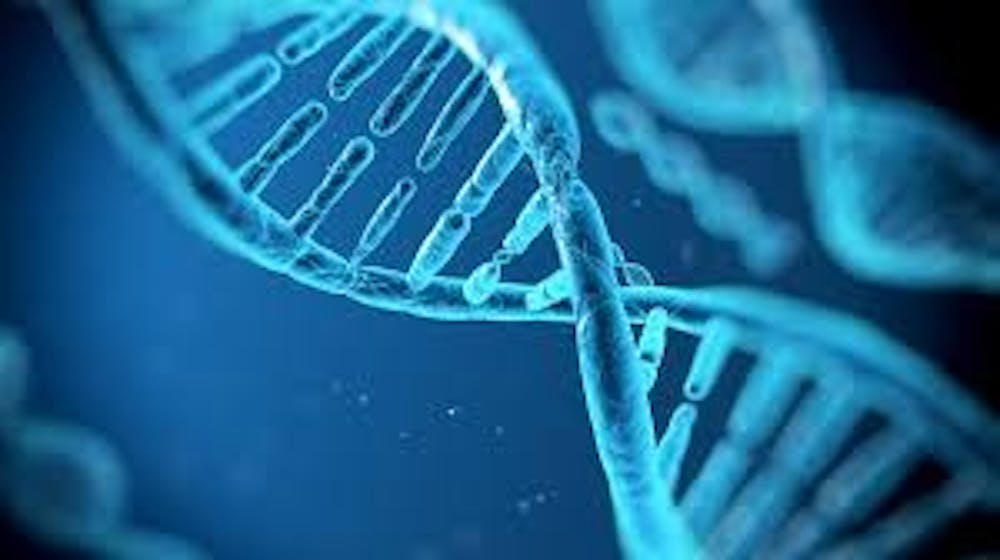Recently, a group of scientists led by Assistant Bioengineering Professor Lulu Qian at Caltech developed the first “DNA robot.” This molecular robot was designed to perform precise nanomechanic tasks that retrieve and transport certain molecules around the body.
“Just like electromechanical robots are sent off to faraway places, like Mars, we would like to send molecular robots to minuscule places where humans can’t go, such as the bloodstream,” Qian said during a press release.
The project was led by Anupama Thubagere, a former graduate student at Caltech.
In order to construct the robot from scratch, researchers on Thubagere’s team came up with three distinctive parts that would generate a successfully working nanomachine: a metaphoric leg that supports the robot’s structure and facilitates its movement, a metaphorical arm and hand that could pick up target molecules or “cargo,” and a sensitized segment that has the ability to recognize drop-off sites and consequently release the cargo at the site.
A major hurdle the researchers had to cross was deciding what this molecular robot should be made of. The answer turned out to involve no complex mechanical structures but rather something surprisingly simple: a single strand of DNA.
Creating the robot out of DNA was made feasible by scientists’ recent ability to manipulate some of the DNA’s physical and chemical properties.
A single strand of DNA can be composed of infinitely many combinations of four nucleotides that come in the familiar abbreviations of A, T, C and G. Each of these nucleotides has one other that they pair with.
For example, A specifically pairs with T, and C specifically pairs with G. When two single strands of DNA are zipped together, they form what is known as a double helix.
After deciding that the robot would be made of DNA, the team had to confront various challenges associated with the molecule.
Firstly, double-stranded DNA helixes are often “unzipped” through natural mechanisms.
The speed at which the strands are unzipped is directly related to the amount of energy expended.
Researchers needed to be able to measure the speed at which DNA was unzipped in order to know the required energy input.
On top of that, researchers needed to be able to measure the length of the involved DNA strands. By calculating the specific strand’s length, researchers were able to able to build “legs” that are at the optimized lengths for carrying out the desired mechanical functions.
The magic number for the robot turned out to be six nanometers, about the third of the size of a ribosome.
In a sense, the DNA robot’s functions are almost analogous to the roles of a housekeeper, as the autonomous molecular machine is able to perform housekeeping duties at the nanoscale level.
Qian’s lab invented the robot largely out of the curiosity of exploring the fundamental engineering principles underlying the development of an undifferentiated DNA robot.
The lab’s most recent work was published in a paper in the Sept. 15 issue of Science.
Although currently the robot does not have any medically or technologically relevant applications, Qian expressed her long-term vision for the robot’s future progressive goal in a press release.
“It is my hope that other researchers could use these principles for exciting applications, such as using a DNA robot for synthesizing a therapeutic chemical from its constituent parts in an artificial molecular factory, delivering a drug only when a specific signal is given in bloodstreams or cells, or sorting molecular components in trash for recycling,” Qian said.





